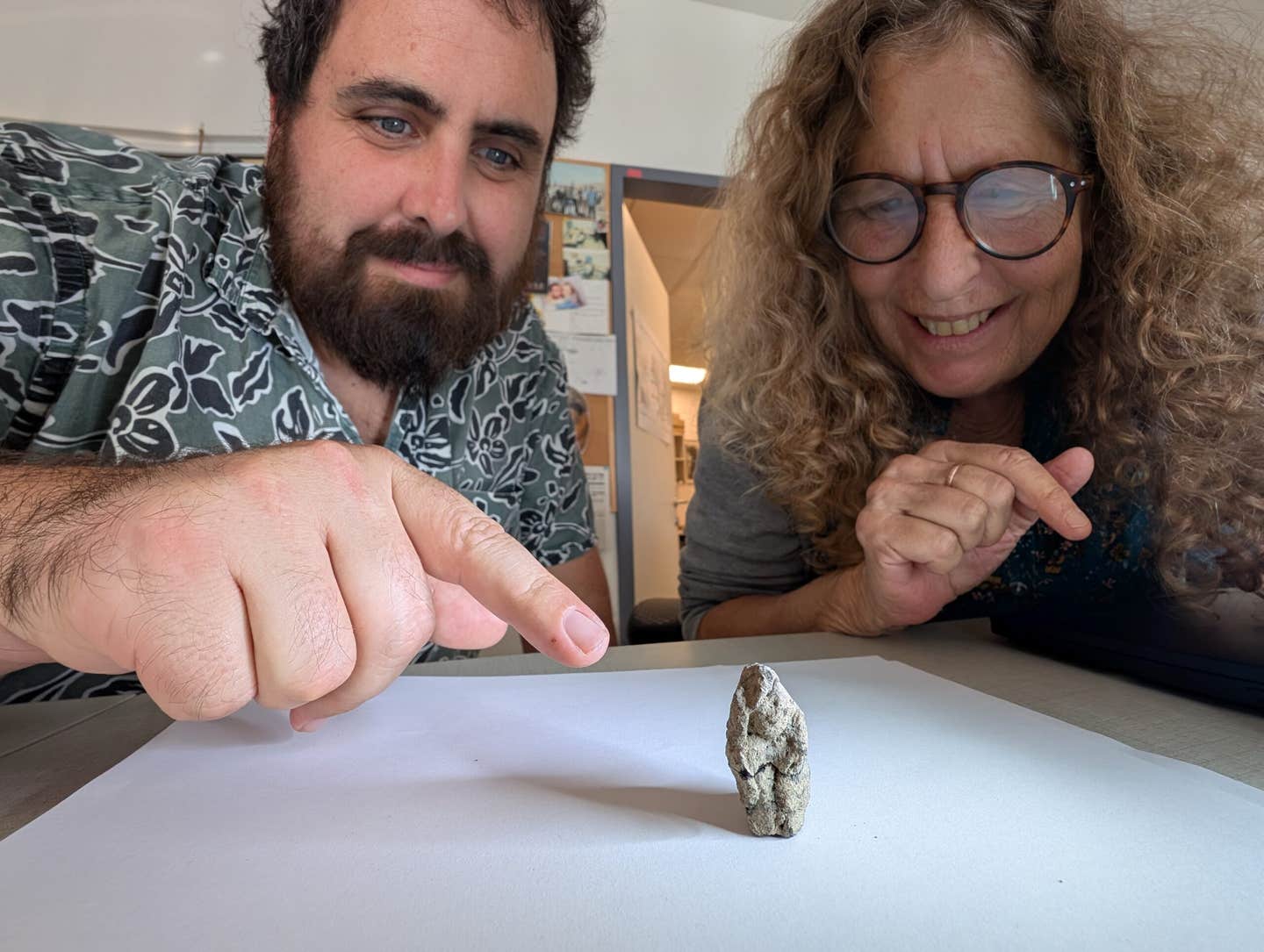Cheaper, faster, stronger: Scientists develop the next generation of smart lasers
A new high-speed chip-based laser promises better sensing, faster data, and cheaper systems for cars, air detectors, and fiber optics.

New chip-scale laser offers high-speed tuning and precision, reshaping sensing, LIDAR, and air detection technologies. (CREDIT: CC BY-SA 4.0)
A powerful new laser could soon reshape how we measure, communicate, and detect gases. This invention promises to make systems like self-driving cars, air quality detectors, and fiber-optic networks not just better—but also cheaper, faster, and easier to use.
Researchers from the Norwegian University of Science and Technology (NTNU), in partnership with the Swiss École Polytechnique Fédérale de Lausanne (EPFL) and Luxtelligence SA, have built a groundbreaking laser that overcomes key weaknesses of today’s precision lasers.
Their results have now been published in Nature Photonics.
A Laser That Does It All
Conventional lasers used for measurement and communication can be large, expensive, and hard to fine-tune. In many devices, changing the frequency quickly and smoothly without errors or gaps has been a major hurdle.
Now, a new hybrid integrated Pockels laser changes that. Built using chip-scale technology, it offers unmatched performance. It tunes fast—reaching exahertz-per-second speeds—and does it over a wide, mode-hop-free range of more than 10 gigahertz. It also delivers high output power of 15 milliwatts and is easy to control, thanks to a single tuning input. These advances make it extremely appealing for real-world applications, including LIDAR and gas detection.
“Our results can give us a new type of laser that is both fast, relatively cheap, powerful and easy to use,” said Associate Professor Johann Riemensberger of NTNU’s Department of Electronic Systems, who led the work.
Speed and Precision in One Tiny Package
This new laser uses a clever design to keep everything compact while improving performance. It combines a reflective semiconductor optical amplifier with a smartly designed electro-optically controlled distributed Bragg reflector. These components, manufactured at wafer scale, allow the laser to maintain excellent linearity and phase stability.
Related Stories
- Laser-excited thorium-229 pioneers major breakthrough in dark matter detection
- Scientists fire most powerful US laser ever—100 times Earth's total energy usage
That means the laser beam remains clean and consistent as it sweeps through different frequencies. With a tuning efficiency greater than 550 megahertz per volt and tight frequency control, the laser operates smoothly and accurately.
The entire system has been packed into a butterfly-style commercial casing. This robust enclosure protects it from outside noise and vibration. During tests, the free-running laser held its frequency with less than 25 megahertz of drift over 2.5 hours—a strong sign of long-term stability.
Real-World Performance Proven
The researchers didn’t stop at the lab. They put their new laser to the test in real situations. First, they used it in a frequency-modulated continuous-wave LIDAR system—like the kind found in self-driving cars. The laser was able to scan 20,000 data points in just 100 milliseconds, with a distance precision of four centimeters. That kind of performance means a vehicle can map its surroundings quickly and with high accuracy.
They also tested the laser’s ability to detect hydrogen cyanide gas in the air. This gas, also called hydrocyanic acid, is extremely toxic—even in tiny amounts. The laser detected it successfully, showing its value in air safety and environmental monitoring. This kind of fast and accurate gas detection is critical in industries where harmful chemicals are used or where safety monitoring is vital. The ability to mass-produce these lasers at a low cost means they could be installed in more places than ever before.
Built for the Future
At the core of the new laser’s performance is its use of cutting-edge materials and miniature light circuits. These circuits are crafted from lithium niobate on an insulator—a material known for its strong electro-optical properties. By locking the laser’s output to a high-quality optical resonator, the researchers pushed tuning speeds to record levels.
Previously, self-injection locking of lasers helped improve speed and clarity, but it came with problems. Tuning range and output power were limited, and the systems were hard to operate. This new design bypasses those limits and offers a ready-to-use solution. It requires fewer controls and less technical know-how, making it far more practical for industry use.
“Our findings make it possible to create small, inexpensive and user-friendly measuring instruments and communication tools with high performance,” Riemensberger said. That opens the door for tools that fit into phones, drones, or wearable sensors—where small size and low power use matter. These same features also help in fiber-optic networks, where signal strength and timing are key.
Small Laser, Big Impact
The combination of high speed, wide tuning range, compact size, and ease of use gives this laser a rare edge. Traditional bulk lasers may still exist in labs, but this one is ready for the field. It supports advanced applications that once needed large, costly setups.
Because the system is built from parts already used in electronics, it can be manufactured in large quantities. That means it’s scalable—not just for research labs, but also for cars, satellites, or handheld devices.
The laser’s speed and precision also make it useful in scientific work. From quantum information systems to atmospheric sensing, this tool can help gather more accurate data, faster and at a lower cost. In short, this new laser blends high-tech design with real-world usability. It’s a step forward for everything from sensing and safety to computing and communication.
Note: The article above provided above by The Brighter Side of News.
Like these kind of feel good stories? Get The Brighter Side of News' newsletter.



